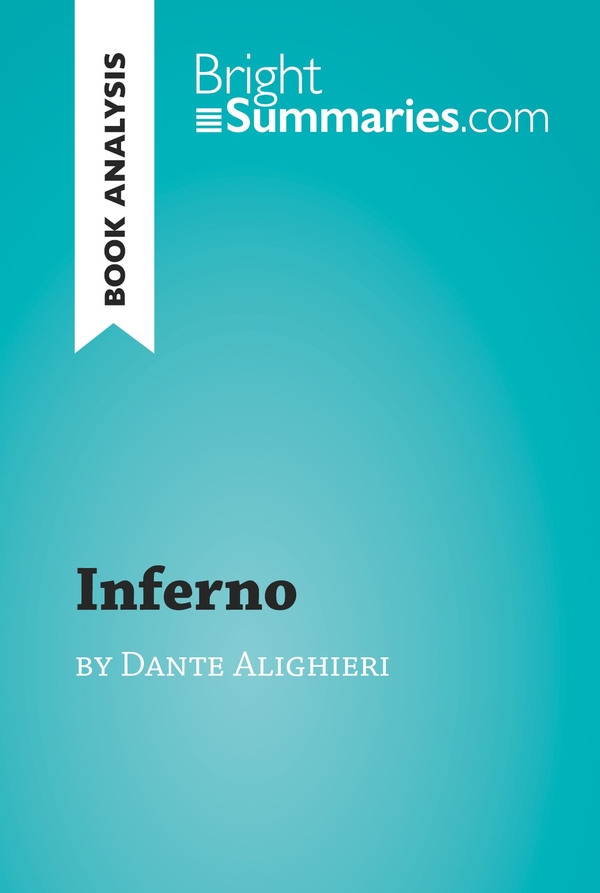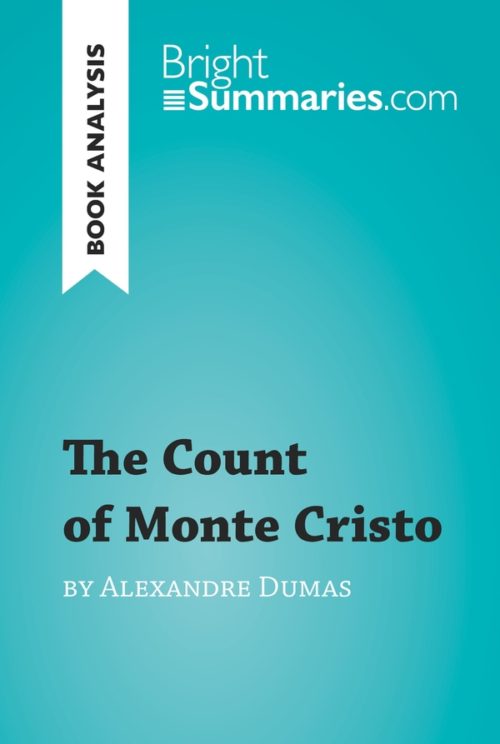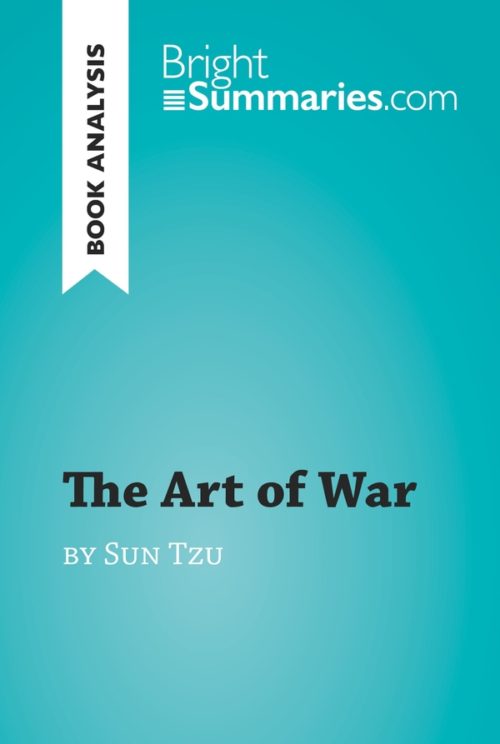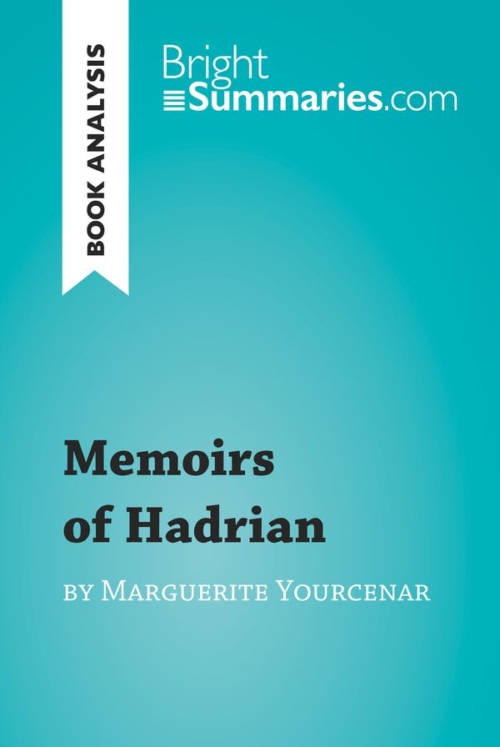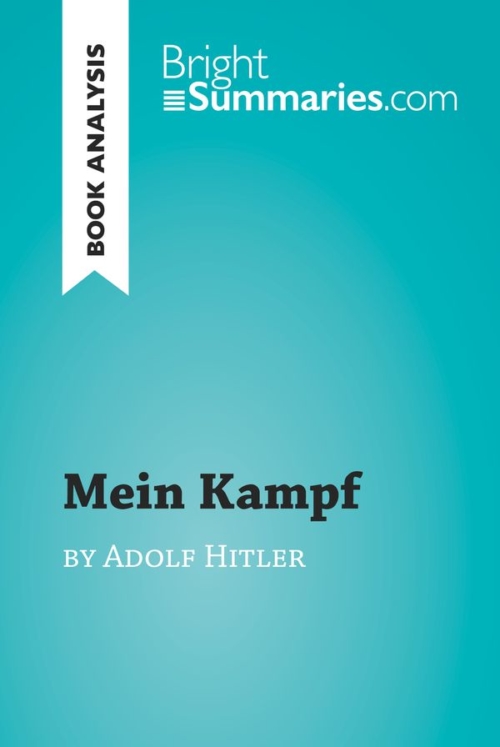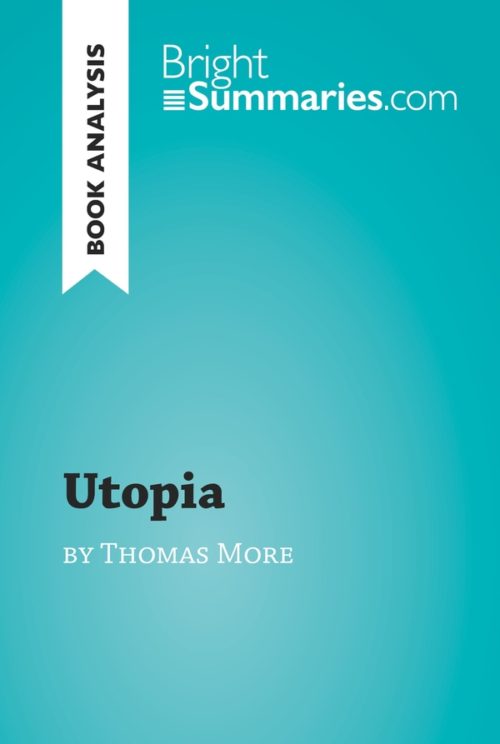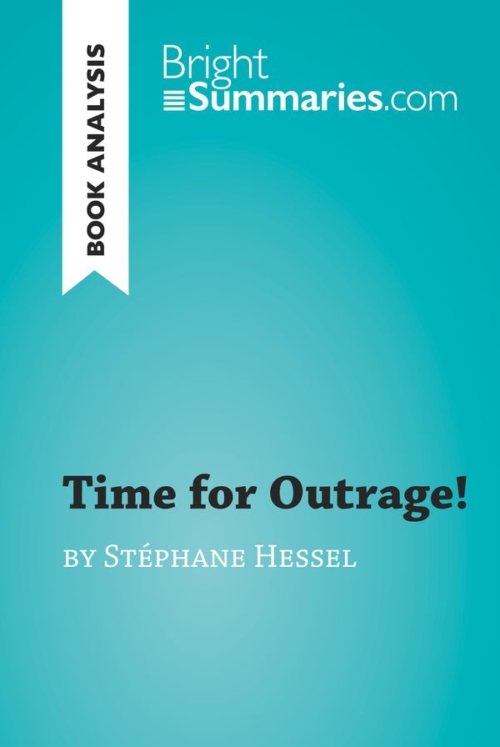Inferno by Dante Alighieri (Book Analysis)
Inferno by Dante Alighieri (Book Analysis)
Detailed Summary, Analysis and Reading Guide
Read more
This practical and insightful reading guide offers a complete summary and analysis of Inferno by Dante Alighieri. It provides a thorough exploration of the poem’s plot, characters and main themes, as well as an introduction to the historical context of the work. The clear and concise style makes for easy understanding, providing the perfect opportunity to improve your literary knowledge in no time.
This clear and detailed 31-page reading guide is structured as follows:
- Biography of Dante Alighieri
- Presentation of Inferno
- Summary of Inferno
- Character study
- Dante
- Virgil
- Damned
- Analysis of Inferno
- The structure of Hell
- The first Canto and the importance of symbols
- The punishments of the damned
- Historical context
About Inferno
Inferno is the first section of Dante Alighieri’s long narrative poem The Divine Comedy. It first circulated in around 1314, and reached a large audience. In it, Dante explores Hell, guided by the Latin poet Virgil. He passes through the nine Circles of Hell and meets the damned as they are punished for the sins they committed on earth, with the severity of the sins (and, consequently, of the gruesome punishments) increasing as he approaches the last Circle at the centre of the earth.
About Dante Alighieri
Dante Alighieri was a Florentine writer and poet who also took an active part in the political life of his city. While he wrote love poems, such as La Vita Nuova, and non-fiction works on topics such as language and politics, he is best known for his masterpiece The Divine Comedy. He dedicated many years of his life to this long poem, which is divided into three sections corresponding to the Christian conception of the afterlife: Hell, Purgatory and Paradise. Dante thought deeply about man and society, and differs from his contemporaries in that he depicts the individuality of man. At the time he was writing, this was a remarkable literary innovation.
Product details
| ISBN | 9782806276414 |
|---|---|
| Publisher | Plurilingua Publishing |
| Collection | BrightSummaries.com |
| Format | |
| Pages | 31 |
| File size | 1.5 MB |

